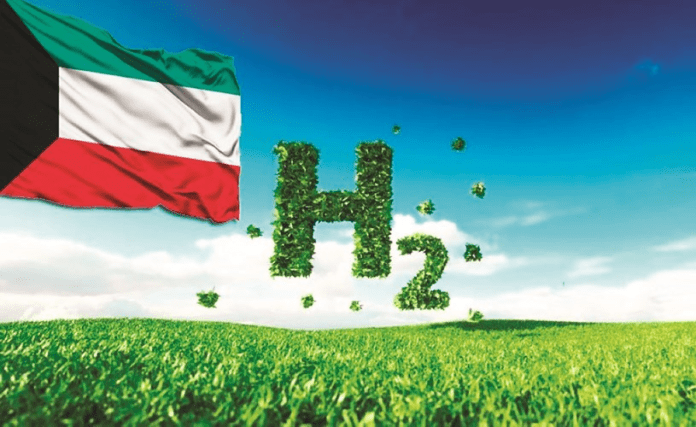While Egypt ranked first with projects worth $63.8 billion, followed by Oman and Morocco in the second and third places with projects worth $48.9 billion and $16.850 billion, respectively, followed by Saudi Arabia and the UAE in the fourth and fifth places with projects worth $10.5 billion and $10.28 billion, respectively, MEED indicated that the data available to it shows that there are approximately 50 known and planned green hydrogen and ammonia projects across the Middle East and North Africa region, which require investments of at least $150 billion.
Surprisingly, Kuwait ranked last on MEED magazine’s list of green hydrogen projects in the Middle East and North Africa, where the value of these projects amounted to only $15 million, of which Qatar also is a part, reports a local Arabic daily.
Experts have told MEED that commercial banks are interested in hedging the risks of financing hydrogen projects and want to feel comfortable with the risks they are exposed to.
Speaking on the sidelines of the ongoing WETEX and Dubai Solar Show in Dubai, experts noted that green hydrogen projects require clear regulations, including a global consensus on certification, in addition to the rapid expansion of electrolyzer production to make them bankable. “The market is now in recovery and we need to get enough projects while managing risks, although how to scale and implement these projects will be discussed,” said Manuel Cohn, vice president of global hydrogen sales and new energy business at Siemens Energy. A single project such as the $6.5 billion NEOM Green Hydrogen and Ammonia Facility could “eat up” current production capacity with its two gigawatts of electrolyzer requirement.
To make these projects bankable, Cohen says, there is a need to have sufficient evidence that the technology is reliable and available over time. We need to convince the banks that the feasibility study is reliable. For her part, Nahla Abed, Vice President of Sales and Strategy for the Middle East and Caspian Region at Bureau Veritas, Nahla Abed, emphasized the need for clearer regulatory frameworks to enable the global green hydrogen value chain.
She added that the global definition of green hydrogen is missing and this is particularly important because the end products in most of the green hydrogen and ammonia projects planned in the MENA region are for export.
“The market will not move overnight and we need a clear definition, and a global consensus for certification of sustainable, clean or green hydrogen,” she said.
Abed notes that European countries emerge with a better definition that tends to consider the carbon footprint of the entire hydrogen production value chain and focus on the environmental and sustainable features of these facilities. Christoph Comte, Senior Vice President of Business Development and Hydrogen for Asia, Middle East and Africa, agreed with them, saying that commercial banks must be comfortable with the risks they are exposed to and that a 10-megawatt electrolyzer plant, for example, may be a small project, but it is important If you take it by itself.

















